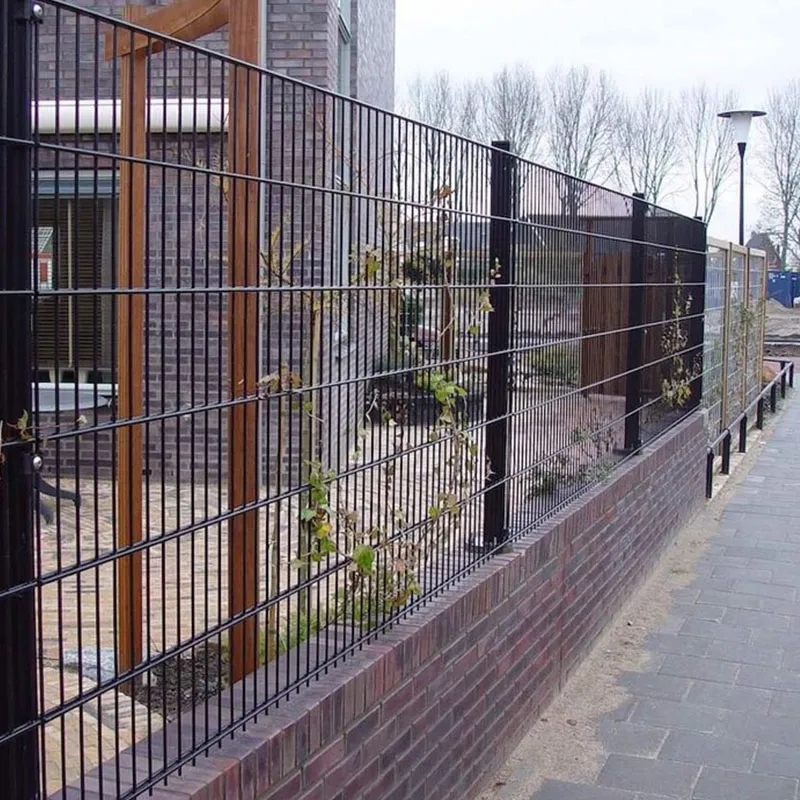Dec . 04, 2024 18:52 Back to list
modern barbed wire
The Evolution of Modern Barbed Wire A Fusion of Function and Design
Barbed wire, a seemingly simple yet ingenious invention, has played a crucial role in shaping landscapes and societies throughout history. Originally designed for agricultural fencing, its applications have expanded significantly over time, marking its importance in fields ranging from agriculture to security and military operations. Today, modern barbed wire has evolved into a sophisticated tool, reflecting advancements in materials, manufacturing techniques, and design.
The Historical Context
The origins of barbed wire can be traced back to the late 19th century when it was patented by Joseph Glidden in 1874. His design incorporated sharp barbs placed at regular intervals along a twisted wire strand, creating a formidable barrier capable of confining livestock. As the American West expanded, barbed wire transformed the open range into defined plots, ultimately influencing land ownership and agriculture.
In the years following its inception, barbed wire became a critical component of military strategy. During World War I, it was extensively used to create defensive perimeters and obstacles, serving as an effective deterrent against enemy forces. The sight of barbed wire imbued fear and represented fortifications filled with potential danger. Even today, its symbolic significance remains intertwined with concepts of conflict and boundary.
The Modern Landscape
Fast forward to the 21st century, and the evolution of barbed wire has taken a remarkable turn. Modern barbed wire is manufactured using advanced materials such as galvanized steel and high-tensile wire, making it more durable and resistant to the elements. The latest varieties include razor wire, which features sharp, blade-like protrusions designed to maximize deterrence, often seen in high-security environments such as prisons, military bases, and government buildings.
The design of modern barbed wire has also become more sophisticated, with options for different colors and coatings that can blend in with the environment. This not only serves aesthetic purposes but also helps in reducing rust and prolonging the life of the wire. The emergence of eco-friendly materials is another exciting development; manufacturers are increasingly focusing on sustainable practices and biodegradable options, helping mitigate the environmental impact of traditional fencing solutions.
modern barbed wire

Applications and Innovations
The applications of barbed wire in contemporary society are as varied as they are critical. In agriculture, modern barbed wire continues to serve as an effective means of containing livestock, often paired with electric fencing for enhanced security. Meanwhile, in urban environments, it is increasingly employed as a means of securing commercial properties against theft and vandalism.
Innovations in production technology — such as automated weaving and advanced coating techniques — have revolutionized the manufacturing processes, allowing for more efficient production and lower costs. This not only makes barbed wire more accessible but also increases its adoption in developing regions, where fencing is vital for property protection and delineation.
Additionally, specialized types of barbed wire have emerged to cater to specific needs. For instance, concertina wire, known for its coiled design, provides a compact yet formidable barrier, ideal for situations requiring temporary security solutions. Similarly, electric barbed wire combines the deterrent features of traditional barbed wire with electrification, enhancing its deterrence capabilities while ensuring it remains a robust option for securing premises.
Balancing Security and Aesthetics
Despite its reputation for being menacing, modern barbed wire does not have to sacrifice aesthetic appeal for functionality. Creative applications in landscape design and urban architecture have shown that it can be integrated tastefully into environments without compromising on security. Such innovative uses highlight not only the versatility of barbed wire but also the evolving perceptions of it in modern society.
Conclusion
In conclusion, the evolution of modern barbed wire is a testament to its enduring relevance in our ever-changing world. It has transitioned from a simple tool for agricultural fencing to a complex and multifaceted product serving diverse applications. As we continue to innovate and rethink security measures, barbed wire will undoubtedly remain a significant player — a practical solution that merges the principles of functionality, durability, and design. Whether as a sentinel of safety or a symbolic boundary, modern barbed wire continues to wield substantial influence in both rural and urban landscapes.
-
Reinforcing Mesh: Core Material of the Construction Industry
NewsJul.07,2025
-
Welded Wire Fabric Reinvented for Modern Projects
NewsJul.04,2025
-
Superiority of Stainless Steel Woven Mesh
NewsJul.04,2025
-
Key Types of Razor Wire and Their Applications
NewsJul.04,2025
-
Durable Metal Fence Types for Security
NewsJul.04,2025
-
Best Materials for Livestock Fence
NewsJul.04,2025
products.







